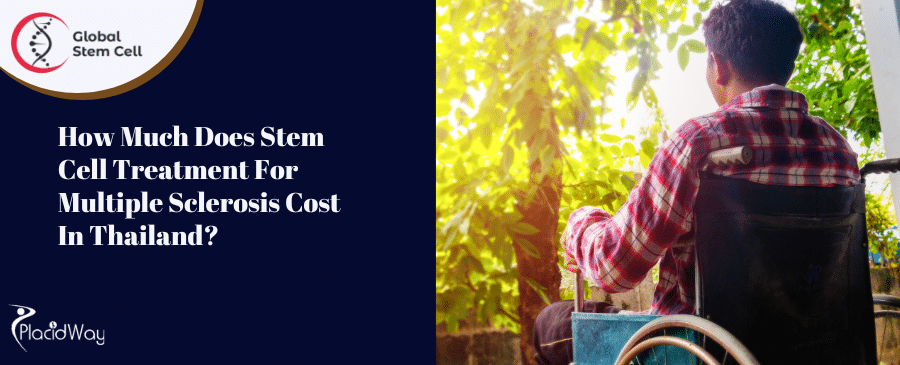
A Healing Journey with Ozone Therapy in Mexico
Tabel de conținut
The quest for alternative treatments and holistic approaches to health and wellness has led many to explore the promises of ozone therapy. With its purported benefits and increasing scientific backing, ozone therapy has been thrust into the limelight. But as with many alternative treatments, availability and costs vary globally.
Mexico, with its blend of modern medical practices, cultural acceptance of alternative therapies, and cost-effective healthcare, is emerging as a sought-after destination for those looking to experience the benefits of ozone therapy. This blog dives deep into Mexico’s burgeoning ozone therapy scene, unpacking its intricacies and unveiling its allure.
What is Ozone Therapy?
Ozone therapy is an alternative medical treatment that utilizes ozone gas (O3) to improve oxygen utilization, stimulate the immune system, and provide other therapeutic benefits. Ozone is a molecule consisting of three oxygen atoms, and when used medically, it is generally introduced into the body through various methods like intravenous injection, insufflation, or topical application. The therapy has a long history of use, dating back to World War I for sterilizing wounds, but its application has expanded in recent years.
Medical Benefits and Applications
Ozone therapy is claimed to offer several health benefits, including:
- Improving circulation and oxygen supply
- Boosting the immune system
- Treating chronic diseases like arthritis, diabetes, and cancer
- Fungal and bacterial infections
- Wound healing and tissue repair
- Detoxifiere
Methods of Administration
Ozone can be introduced into the body through various means, including:
- Intravenous (IV) therapy
- Autohemotherapy, where blood is withdrawn, mixed with ozone, and reinfused
- Ozone insufflation, introducing the gas into body cavities like the rectum or vagina
- Topical application through ozonated oils or lotions
Given its growing popularity and the burgeoning body of research supporting its potential benefits, ozone therapy is an intriguing alternative for those seeking holistic approaches to health and wellness. However, as with any medical procedure, it’s essential to consult with a qualified healthcare provider to determine if ozone therapy is appropriate for your specific medical condition.
List of Disease Treated with Ozone Therapy
Ozone therapy is a controversial alternative medical treatment that involves the introduction of ozone gas into the body to treat various conditions. It’s important to note that the efficacy and safety of ozone therapy are subjects of ongoing debate, and the medical community has raised concerns about its potential risks and lack of well-established scientific evidence. As of my last update in September 2021, here is a list of some diseases and conditions that have been claimed to be treated with ozone therapy:
- Durere cronică: Ozone therapy has been used for pain management in conditions such as osteoarthritis, rheumatoid arthritis, and musculoskeletal pain.
- Infections: Ozone has been suggested as a treatment for various infections, including viral, bacterial, and fungal infections. This includes conditions like chronic hepatitis, herpes infections, and even HIV/AIDS.
- Circulatory Disorders: Ozone therapy has been proposed for improving blood circulation and treating conditions like peripheral artery disease and venous insufficiency.
- Cancerul: Some proponents of ozone therapy claim it can help in cancer treatment by increasing oxygen levels in the body. However, there is little scientific evidence to support this claim.
- Boli autoimune: Conditions like scleroză multiplă and lupus have been suggested as potential candidates for ozone therapy, although mainstream medical consensus is lacking.
- Sindromul oboselii cronice: Ozone therapy has been proposed as a treatment for chronic fatigue and other related conditions.
- Lyme Disease: Some alternative practitioners have used ozone therapy to treat Lyme disease, although this is not widely accepted in conventional medicine.
- Diabet: Ozone therapy has been explored as a potential adjunctive treatment for diabet and its complications.
- Dental Applications: Ozone therapy has been used in dentistry for treating gum disease and dental infections.
- Skin Conditions: Ozone therapy has been suggested for various skin conditions, including wounds, burns, and fungal infections.
- Respiratory Conditions: Ozone therapy has been proposed for treating conditions such as asthma, chronic obstructive pulmonary disease (COPD), and other respiratory issues.
- Afecțiuni neurologice: Some proponents claim ozone therapy can benefit neurological conditions such as Parkinson’s disease and Alzheimer’s disease.
Why Choose Ozone Therapy in Mexico?
Choosing ozone therapy, or any medical treatment, in any country should be based on careful consideration of the treatment’s efficacy, safety, and the qualifications of the practitioners providing the treatment. When it comes to ozone therapy or any alternative medical treatment, there are a few reasons why some individuals might consider seeking such treatments in Mexico:
- Availability: Ozone therapy might be more readily available in some clinics or healthcare centers in Mexico compared to certain other countries. Some individuals might travel to Mexico to access ozone therapy if it’s not widely offered in their home country.
- Costuri: Medical treatments, including alternative therapies, can sometimes be more affordable in Mexico compared to countries with higher healthcare costs. This can be appealing to individuals seeking treatments that may not be covered by insurance.
- Perceived Benefits: Some individuals might be attracted to ozone therapy due to claims about its potential benefits, such as pain relief, immune system enhancement, and improved circulation. They might seek out places where this therapy is offered.
- Regulation: Regulations and standards for medical treatments, including alternative therapies, can vary from country to country. Some individuals might opt for ozone therapy in Mexico if regulations are more lenient or if they believe they have a better chance of accessing the treatment there.
However, there are important considerations to keep in mind:
- Safety and Efficacy: The safety and effectiveness of ozone therapy are still debated within the medical community. Many medical organizations and regulatory bodies caution against its use due to potential risks, including lung damage and oxidative stress. It’s crucial to thoroughly research the treatment, understand the potential risks, and consult with qualified medical professionals before pursuing it.
- Qualifications: When considering any medical treatment, it’s important to ensure that the practitioners providing the treatment are qualified, experienced, and adhere to proper medical standards. Look for licensed medical professionals who have expertise in ozone therapy.
- Medical Tourism Risks: Traveling for medical treatments, often referred to as medical tourism, can come with risks. Language barriers, varying healthcare standards, and unfamiliar medical facilities can create challenges. It’s important to do thorough research, choose reputable clinics, and be prepared for potential complications.
- Alternative Therapies and Conventional Treatment: If you’re considering ozone therapy for a specific medical condition, it’s essential to consult with your primary healthcare provider. Alternative therapies should not be used as a replacement for evidence-based medical treatments. Your healthcare provider can help you make informed decisions about incorporating alternative therapies into your overall healthcare plan.
Ozone Therapy in Mexico Patient Testimonial
Frequently Asked Questions about Ozone Therapy in Mexico
How Much Does Ozone Therapy Cost in Mexico?
The cost varies depending on the clinic and the specific type of ozone therapy treatment you need. However, it is generally more cost-effective than in countries like the U.S.
Is Ozone Therapy Covered by Insurance?
In most cases, ozone therapy is considered an alternative treatment and is not covered by insurance. Check with your insurance provider for details specific to your plan.
How Many Sessions Will I Need?
The number of sessions depends on your medical condition and the advice of your healthcare provider. Some conditions may require only a few sessions, while chronic issues might necessitate ongoing treatment.
Are There Any Side Effects?
Side effects are generally minimal but may include mild discomfort or irritation at the injection site. Always consult your healthcare provider for a complete understanding of potential risks.
Can I Combine Ozone Therapy with Other Treatments?
Many people combine ozone therapy with other holistic or conventional treatments. However, it’s essential to consult a healthcare provider to ensure the treatments are complementary and safe.
Is Ozone Therapy Painful?
Most patients report minimal discomfort during the treatment. The experience can vary depending on the method of administration.
Is Ozone Therapy Safe for Children and Elderly Patients?
The safety of ozone therapy can vary depending on the individual’s overall health status. Always consult a qualified healthcare provider for personalized advice.






